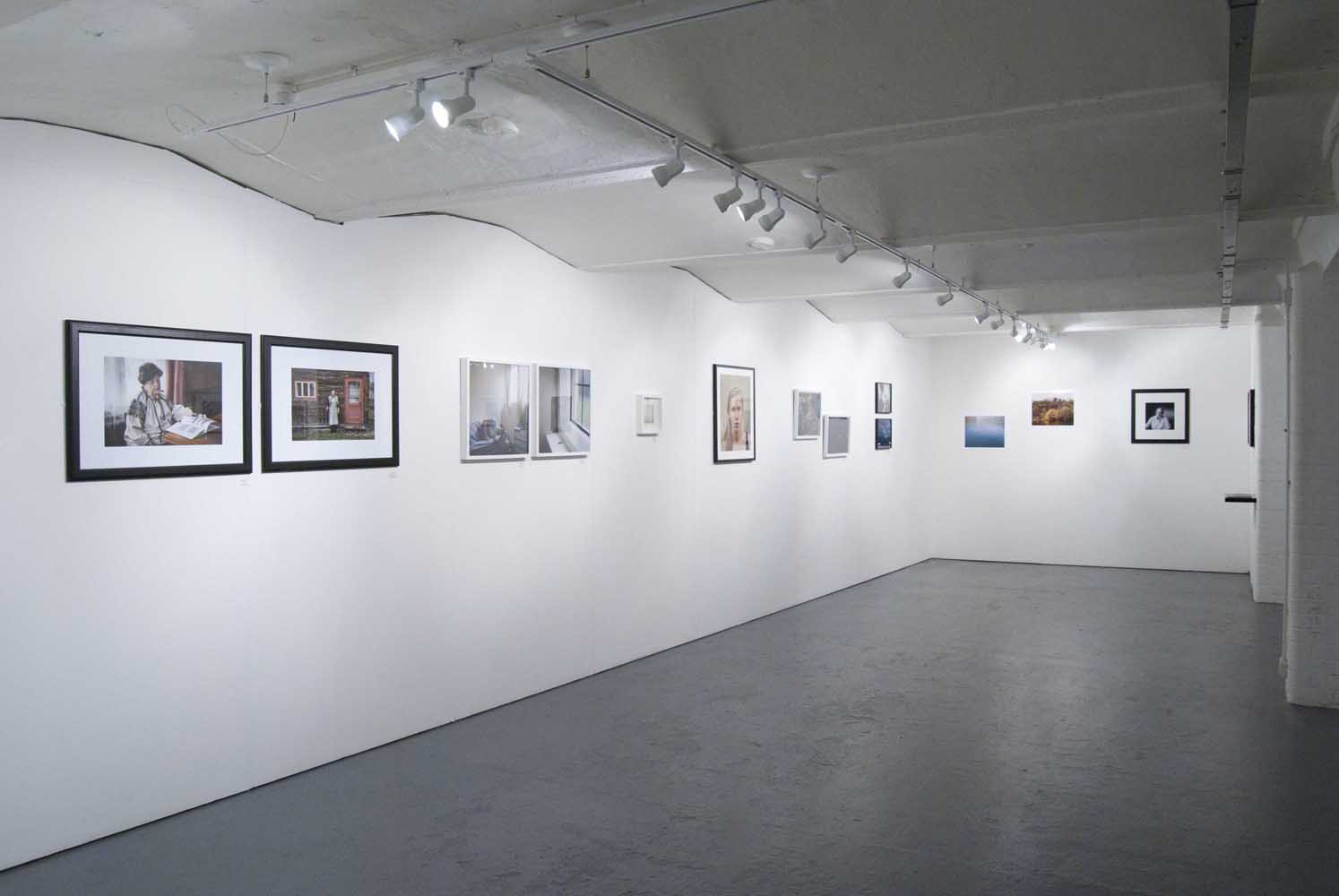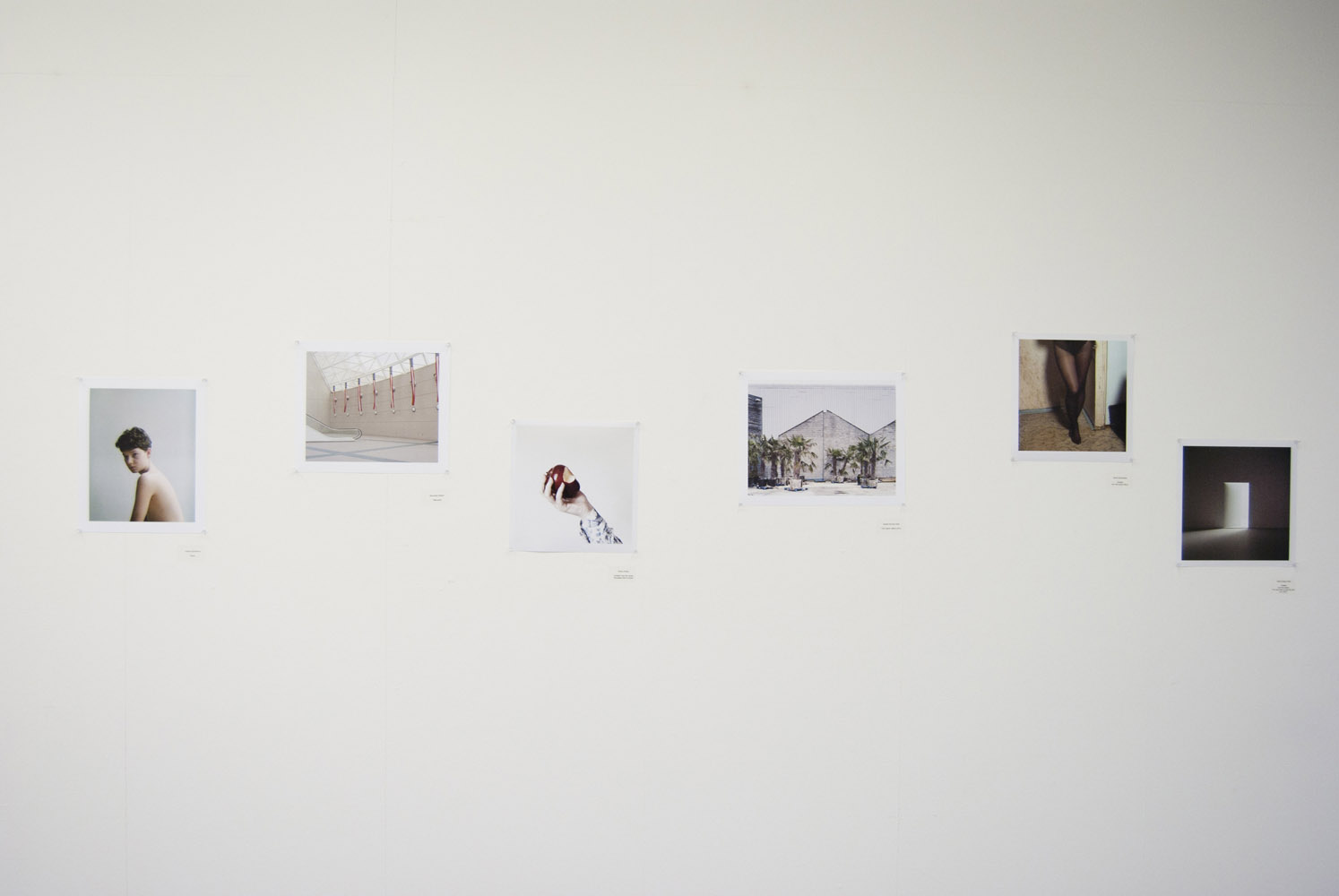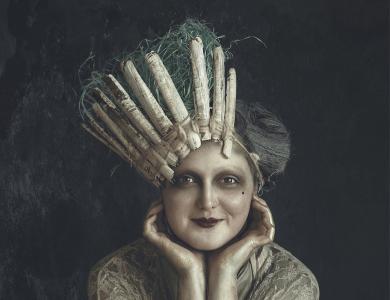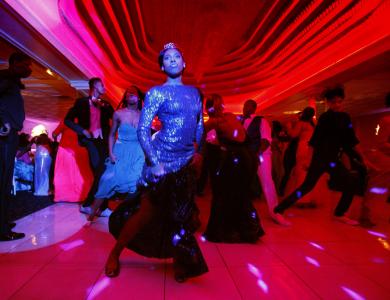We take a look to an aspect of the photographic industry that resides away from the camera - curation. theprintspace’s Ameena Rojee speaks to Christine Santa Ana. We find out more about what it takes to produce a great exhibition, and what you need to be a curator today.
Hi Christine, thanks for taking the time to answer our questions. Let’s start simple - please introduce yourself
Hello Ameena! I am a curator with a background in photography. I have been fortunate enough to work on over forty exhibitions and work with lots of talented artists over the years. I currently curate exhibitions for Of The Afternoon photography magazine as well as independently. I spend a lot of time giving photographers advice on their work, for example helping them edit and sequence their series.
Tell us a bit of your story - how was it that you became interested in photography and curating?
I first became interested in photography when I was doing my art GCSE. I have always been very creative and full of ideas. I loved Frida Kahlo, Audrey Flack and René Magritte in particular. Unfortunately, unlike my peers I wasn’t the best at drawing. One of my most favourite photo books, Richard Billingham’s ‘Ray’s a Laugh’ had been published a few years before and I somehow managed to hear about it and ordered a copy of it from Borders, which they had shipped from Germany. It sounds far-fetched but ten to fifteen years ago, photobooks were so much harder to come by. We didn’t have photobook fairs and not every household had internet access. For my fifteenth birthday, my best friend bought me a copy of Corinne Day’s ‘Diary’ and some weekends we would go up to The Photographers’ Gallery, back when it was in Great Newport Street. My art teacher was very supportive of my interest in photography and kindly let me focus on it in class. It’s important for me to mention here that photography was not a second best option to drawing; it was just better suited to me. So just like a lot of these kinds of stories, I have a good art teacher to thank.
Further down the line, when I was at university studying my BA Hons., I applied for an internship at Host Gallery. It was here that I really became interested in exhibitions. The gallery showed photojournalism, so I always felt like the photographs served a purpose and had a conscience. I learned something new with everything that they showed.

What is it that makes an exhibition great?
The exhibition of Tim Hetherington’s work at Open Eye Gallery in Liverpool was one of the best that I have ever been to. It combined video, photography and sound, meaning it was more of an experience allowing the visitor to imagine what it would have been like to be there. The images were presented simply, and spoke for themselves. For me, one of the most important things in any photographers’ work should be integrity, so this exhibition was exemplary.
So what’s next for you? Are you working on anything new?
At Of The Afternoon, we are developing the exhibitions so that they will be based on a theme and again, they will continue to take place in different cities in the UK. I have also just started a PGCE. I am really interested in education within the arts, particularly within widening participation programmes, and it’s something that I have wanted to do for a very long time now. I recently took my students to see one of the exhibitions I curated which we all really enjoyed.
As a curator, what would be your top tips to those who are trying to get their work seen or chosen for an exhibition?
I’m always going on about Twitter but I think it’s a great way to open conversations with people. Start talking to curators and ask if you can arrange to show them your work. Say why you want to work with them specifically; nobody likes a spammer. If you have made a newspaper or photobook, you can always send copies out. It’s a good example of your work and everyone likes getting things in the post! Something like that just makes your work stand out a little more when there are so many photographers emerging all of the time. I read last year that photography is now one of the fastest growing courses at university! Also, take the time to meet people at exhibitions. Private views are good and informal ways to open a dialogue with people in the industry.

And on the other hand, what about your top tips to those who want to make it as a curator?
Don’t overthink it, just go ahead and put on your first show. The best way to learn how to do something is simply to do it. Get a group of your friends together and show your work somewhere, just so you can get an idea of the volume of co-ordination, creativity and diplomacy involved. This will give you some experience and the opportunity to do a test run. After this, have a debrief with the artists and discuss what went well and what could be improved. Remember to make videos of people engaging with the work at private views, get your artists to comment on what it is like to work with you and collect press clippings. All of this will give you a portfolio to build on.
Finally, what inspires you?
My main inspiration comes from looking at photographs, I love documentary photography above all, but I am also a fan of Yoshinori Mizutani’s ‘Tokyo Parrots’ series and Rinko Kauwachi ‘Illuminance’ for their lucidity. I am also inspired by fashion; I love Christian Joy who designs costumes for Karen O from the Yeah Yeah Yeahs.


